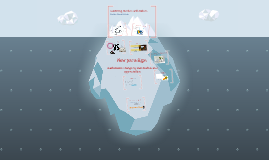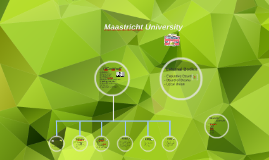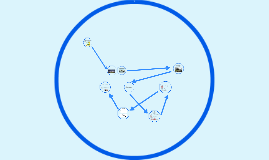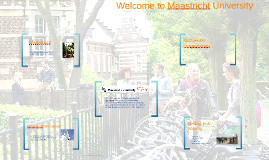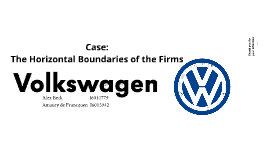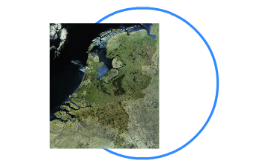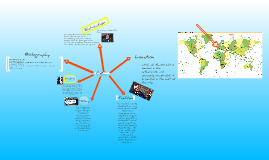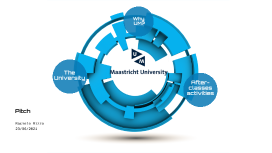Maastricht University: ICAS: Case presentation: Volkswagen
Transcript: Adam Smith, author of „The Wealth of Nations“, 1776 What is the difference with learning curve? Inventories 3. VW - Case Founded in 1937, by Ferdinand Porsche 3rd largest car seller in the world 2012: Revenue: 193 Billion € Profit: 11.5 Billion € 502,000 Employees Goal: Become largest car producer until 2018 These parts can be used for many different car-types Large Assembly lines to produce single parts of a car How can we link the theorem of “THE DIVISION OF LABOR“ to economies of scale? 4. Discussion Questions Economies of scale and scope. (2008, 10 20). The Economist, Retrieved from http://www.economist.com/node/12446567 2. C. Sources of Economies Who is the gentleman on the picture? Key persons and tools or machines might be overburdened The scenario Physical properties of Production Bureaucracy 1. Introduction of VW 2. Theoretical review 3. Case Analysis 4. Discussion Questions 5. Conclusion Horizontal boundaries: HORIZONTAL INTEGRATION: VERTICAL INTEGRATION: „bigger is better“- average costs decrease as output increases. The acquisition of additional business activities that are at the same level of the value chain in similar or different industries Volkswagen is selling all product types of cars/vehicles Definitions: Density R&D: References Table of content How can Volkswagen make further economies? Shared modular construction: 3 different types: (Car Size) MQB MLB MSB What types of economies can you identify in this case? Starting in 2012 Strategy of "modularer Baukasten" (MB) ->modular toolkit MB allows various brands, to be manufactured at the same plant -> saving costs 2. Theoretical Review Purchasing Spreading resources too thin Costs decrease as variety of goods increase by leveraging core competencies Economies of scope: Advertising Spreading R&D costs among several brands. Development of Platform. Diversification: "MB a "strategic weapon"" Ulrich Hackenberg (chief of R&D) Sources of Diseconomies 2. B. Economies of Scope Larger the bigger: cost per potential consumer Advertising Reach Main feature: Uniform position of all motors and transmissions The expansion of a firm backward or forward of the production path Use MQB for about 40% (5 millions vehicles) by 2020, (IHS Automotive and Bernstein Research estimate) "Economies of scale were the main drivers of corporate gigantism in the 20th century. They were fundamental to Henry Ford's revolutionary assembly line, and they continue to be the spur to many mergers and acquisitions today." (The Economist, 2008a) “Economies of scale, however, have a dark side, called diseconomies of scale. The larger an organization becomes in order to reap economies of scale, the more complex it has to be to manage and run such scale. This complexity incurs a cost, and eventually this cost may come to outweigh the savings gained from greater scale” (The Economist, 2008b) 5. Conclusion “The Division of Labor is limited by the extend of the market“ Quick facts Indivisibilities? Alex Beck I6010779 Amaury de Francquen I6015942 Spreading fixed costs: 2. A. Economies of scale Higher Wages MC have to be less then AC Quantities and varieties of products and services that can be produced Thank you for your attention Case: The Horizontal Boundaries of the Firms Advertising: Total R&D costs 2012 8.9 Billion 5.1% of Revenue (only behind BMW) Are there any disadvantages of the modular toolkit? (Numbers of cars sold 1st Toyota, 2nd GM) Retailers can access a central database of powerful and compelling marketing communications which they can customize to meet their specific requirements- Saving of preparation costs 1. Introduction of VW R&D






